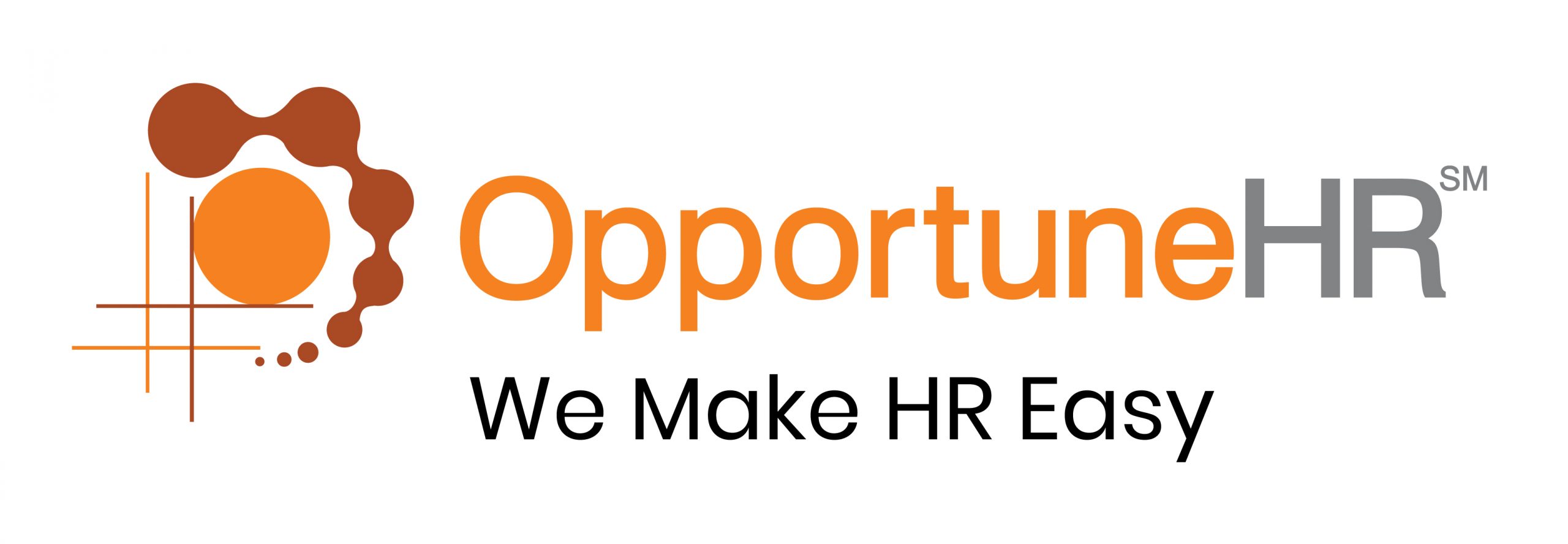
Discover Why OpportuneHR is the best HRMS Software in India! Schedule a Demo OR Call us @ +91 7700-954949

Fix an Appointment
Download PDF
Employee Engagement
Employee Engagement
Employee engagement means how involved and dedicated employees are to their job and the company. Employee engagement is important because it fosters a sense of ownership in employees. It leads to better performance, teamwork, and overall success for both the employees and the company.
Modern HR takes proactive steps to engage employees.
For example, employee birthdays and anniversary celebrations are now common. Progressive companies also involve employees in important decisions through surveys and polls. Some companies organise town hall meetings where senior management addresses the concerns of the employees. And take their suggestions for future roadmap.
Employee engagement is also seen to increase talent retention in the organisation.
Survey
Surveys are a common tool used to collect information and feedback from people. They can be conducted in many different forms, such as online surveys, phone surveys, paper surveys, or in-person interviews.
Conducting a survey to measure employee engagement is a common practice in many organisations. Employee engagement surveys are designed to gather feedback from employees about their level of job satisfaction, their relationship with their colleagues and managers, and other factors that can impact their engagement level.
The results of such surveys can be used by the organisation to identify areas for improvement and develop strategies to increase employee engagement.
Employee engagement surveys typically include questions related to various aspects of the workplace, such as job duties, compensation, benefits, work-life balance, career development opportunities, communication with managers, and overall satisfaction with the organisation. The surveys can be conducted anonymously to encourage honest feedback from employees.
It is important for organisations to not only conduct these surveys but also take action on the feedback received. Addressing the concerns raised by employees can help improve their engagement levels and boost overall performance.
Polls
Polls can also be used to measure employee engagement in the workplace. Unlike surveys, which typically involve a larger number of questions and require more time to complete, polls are usually shorter and more focused on specific topics. They can be conducted in various ways, including through email, chat applications, or dedicated polling tools.
Polls can be useful for quickly gathering feedback on specific issues or decisions affecting employees. For example, an organisation may use a poll to ask employees about their preferred work schedule arrangement or to gather their input on potential team-building activities.
Using polls as part of an overall employee engagement strategy can help organisations stay connected with their employees and ensure that their needs and preferences are being met.
Rewards and Recognition (R&R)
Recognition and rewards (R&R) can be an effective way to improve employee engagement in the workplace. When employees feel that their contributions are valued and appreciated, they are more likely to be motivated and committed to their work.
Recognition can take many forms, such as verbal praise from a manager, public acknowledgment of a job well done, or awards for outstanding performance. Rewards can include bonuses, time off, flexible work arrangements, or other incentives that recognize and reinforce desired behaviors.
An effective R&R program should be designed with the specific needs and preferences of employees in mind. It should also be aligned with the organisation’s overall goals and values. For example, if teamwork is a key value in the organisation, then recognition and rewards should be focused on collaborative efforts rather than individual achievements.
Implementing an R&R program may require some investment of time and resources, but it can have significant benefits in terms of improving employee morale and productivity.
Town Hall Meeting
A town hall meeting is a gathering where members of an organisation or community come together to discuss important topics and share information.
In the context of business organisation, a town hall meeting can be a useful tool for leaders to connect with employees, provide updates on company performance, and gather feedback from the workforce.
Town hall meetings can be held in person or virtually through online platforms. They typically involve a presentation by senior leaders followed by question-and-answer sessions or open discussions in which employees can share their thoughts and concerns.
The benefits of holding town hall meetings include improved communication between management and staff, increased transparency about organisational goals and strategies, and opportunities for employees to voice their opinions and participate in decision-making processes.
Some best practices for conducting successful town hall meetings include setting clear objectives for the meeting, providing advance notice to employees about the topic and format of the meeting, encouraging participation from all attendees, and following up afterwards with any action items or feedback received during the meeting.
Training
Training is a process by which individuals acquire new knowledge, skills, or competencies to improve their performance in a specific area.
Trainings can be an effective tool for developing employees’ abilities and enhancing their job satisfaction.
Effective training programs should be designed to meet the specific needs and goals of both the organisation and its employees. They can include a variety of methods such as classroom-based instruction, on-the-job training, workshops, coaching, e-learning modules, or simulations.
Providing opportunities for employee development through training can have several benefits for organisations. It can help improve productivity and quality of work, increase employee motivation and engagement by providing a sense of accomplishment and personal growth.
It also improves employee retention rates as employees feel valued when they’re given the opportunity to develop new skills.
Events and Activity
Organizing events and activities can be a great way to improve employee engagement. Such activities can include team-building exercises, social gatherings, volunteer work, health and wellness programs, or professional development opportunities.
Events and activities can help foster a positive workplace culture by creating a sense of community among employees. They can also provide opportunities for employees to interact with each other in a more relaxed setting away from the pressures of work.
When planning events and activities, it is important to consider employees’ preferences and interests. Asking for input from employees through surveys or focus groups can help ensure that the activities are well-received and attended.
In addition to improving morale and engagement, well-planned events and activities can have additional benefits such as enhancing creativity, promoting teamwork and collaboration among employees, boosting productivity levels or providing networking opportunities.
Organizations that invest in event planning or activity-based employee engagement initiatives also demonstrate their commitment to their workforce which helps create an environment of trust leading to stronger employee retention rates.
OD
OD stands for Organizational Development. It is a process by which an organisation can improve its effectiveness and adaptability through planned interventions, such as changes in organisational structure, culture, processes, or technology.
Organizational Development initiatives are designed to enable an organisation to address specific challenges or opportunities that it faces. This can include improving collaboration among teams, developing new products or services, implementing new technologies or systems, addressing personnel issues such as employee engagement and diversity & inclusion policies.
The Organizational Development process typically involves several stages. These may include assessing the current state of the organisation (e.g., identifying strengths, weaknesses, and areas for improvement), defining objectives and desired outcomes of the intervention, designing and implementing interventions based on data-driven insights from within the organisation or benchmarking with other organisations for best practices.
OD initiatives require strong leadership commitment and support throughout the entire process. A successful OD intervention can lead to improved performance, increased productivity rates, enhanced alignment of employees with organisational goals leading to overall better business results.



